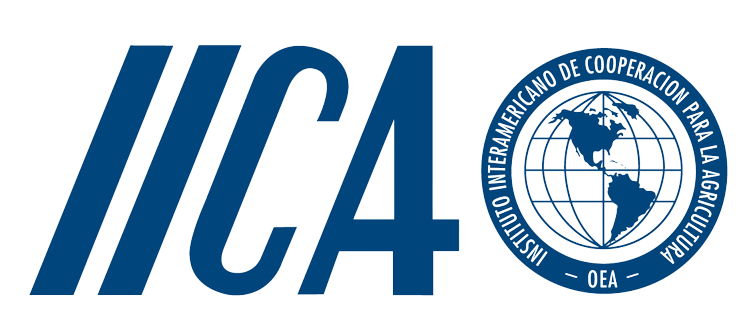Sampling procedures to detect mycotoxins in agricultural commodities
Adherence to regulatory limits for mycotoxins in agricultural commodities is important to safeguard consumers and to permit trade in affected commodities across international borders. Reliable estimates of mycotoxin concentrations are required to implement regulatory decisions on the suitability of lots of produce for consumption or trade. Effective schemes to test for mycotoxins depend not only upon sound analytical methods, but also on well designed and implemented sampling plans. This manual provides information to food analysts and regulatory officials on effective sampling plans to detect mycotoxins in food. The concepts of uncertainty and variability in mycotoxin test procedures are discussed as well as the importance of ensuring that samples are representative of the lot being sampled, and the consequences of a poorly designed sampling plan on the reliability of the measured levels of mycotoxins, possibly resulting in legal disputes and barriers to trade.
| Autores principales: | , , , , , |
|---|---|
| Formato: | Texto biblioteca |
| Idioma: | eng |
| Publicado: |
Dordrecht (Netherlands) Springer
2010
|
| Materias: | agricultural products, food contamination, mycotoxins, sampling, |
| Etiquetas: |
Agregar Etiqueta
Sin Etiquetas, Sea el primero en etiquetar este registro!
|



